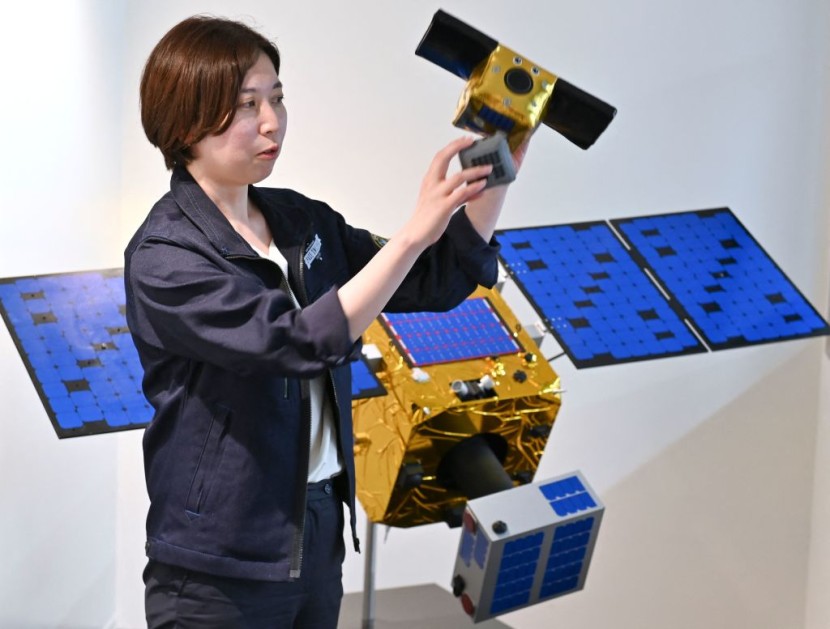Researchers from Kyoto University in Japan have conducted a successful experiment on the International Space Station (ISS) to test the feasibility of using wood as a building material in space. The team found that space wood is highly durable and stable, with minimal signs of deterioration.
The researchers picked some samples for the LignoSat project, which is a wooden satellite that is currently in development. Surprisingly, wood is becoming a preferred choice for sustainable building materials for small satellites, as reported by Interesting Engineering.
To test the suitability of wood for space applications, the team inspected the samples for strength and analyzed their elemental and crystal structure aboard the Japanese Experiment Module Kibo, which is located on the International Space Station.
Last year, various wood samples were sent to space and later retrieved by Koichi Wakata, an astronaut from Japan Aerospace Exploration Agency (JAXA), who was on board SpaceX's Crew-5 mission to the International Space Station (ISS). Afterward, these samples were brought back to Earth through SpaceX's CRS-26 Commercial Resupply Service mission.
Wood samples were sent to space for ten months, where they faced extreme temperatures and exposure to cosmic radiation and solar particles. Surprisingly, no damage or changes occurred, and tests showed that the wood remained intact. The researchers concluded that Magnolia wood would be the best choice for the upcoming LignoSat due to its strength and ease of use.
Read also: Pop-Art Satellite: World's First Space Art, Ukube-1, Set to Launch in December (PHOTO, VIDEO)
Space Wood
Kyoto University and Sumitomo Forestry, a logging company in Japan, introduced the LignoStella Space Wood Project in April 2020. The goal of the project is to create satellites that are eco-friendly and sustainable by using wood. The name of the project comes from the words "ligno," which means wood-related, and "stella," which means star.
It's unexpected, but wood can be useful in enhancing the design of small satellites, also known as CubeSats. The reason is that wood allows electromagnetic waves to pass through it, which means that the antennas and other components can be placed inside the wooden structure, resulting in a simpler design. This is illustrated in the accompanying image.

When wood enters the Earth's atmosphere, it will burn entirely. This is different from traditional satellite materials made of metals, which can release harmful substances such as alumina particles.
The LignoStella Space Wood Project plans to send a wooden satellite into space in the coming year. A similar project, WISA WOODSAT, was supposed to launch in 2021 but was postponed.
The WISA WOODSAT team originally wanted the outer layer of the satellite to showcase the sponsoring plywood company, but they are now emphasizing the environmentally friendly aspects of using wood as a space material.
The use of wood as a material for satellites is just one example of how technology and sustainability can intersect. As we continue to explore space, we must consider the impact our actions have on the environment both here on Earth and beyond.
In addition to being eco-friendly, wooden satellites could also be more cost effective than traditional satellite materials. Wood is widely available and relatively inexpensive compared to metals like aluminum or titanium.
However, there are still some challenges that need to be addressed before wooden satellites become a viable option for space exploration. For example, researchers will need to ensure that the wood used in these satellites can withstand extreme temperatures and radiation exposure in outer space.
Despite these hurdles, projects like LignoStella Space Wood Project show promise in creating sustainable solutions for future spacecraft design. By using renewable resources like wood instead of harmful metals or other materials with high carbon footprints, we can help reduce our impact on the planet while continuing to push forward with innovative technological advancements.
Related article: Kenya Makes History: Successfully Launches First Operational Satellite Into Space








